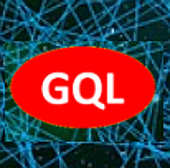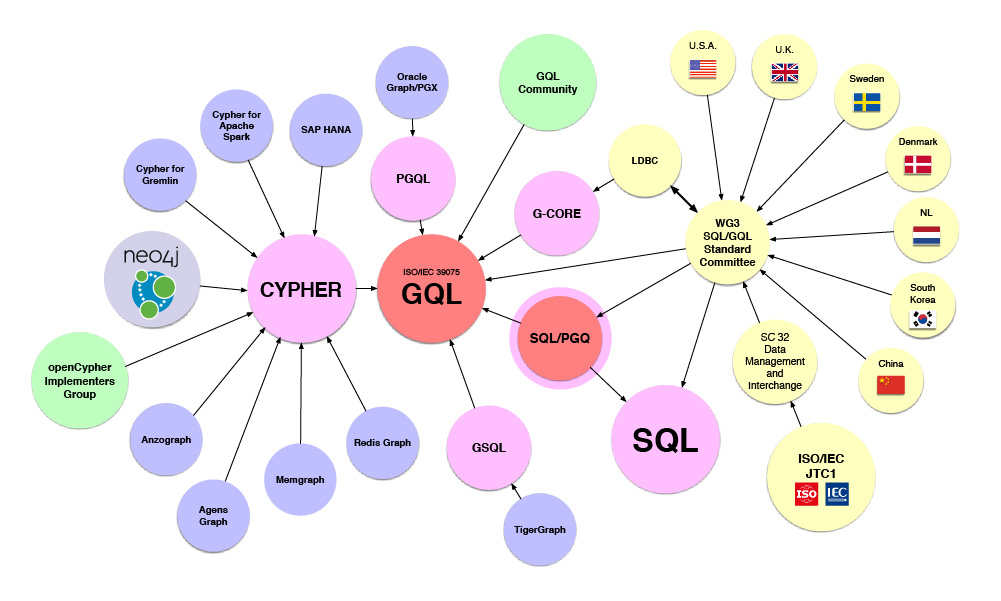| Graph Query Language Gets Official Adoption |
| Written by Kay Ewbank | |||
| Friday, 27 September 2019 | |||
|
The international ISO committee responsible for the SQL standard has voted to make GQL (Graph Query Language) a new official database query language. ISO/IEC is the committee responsible for SQL. GQL is a new language that is being developed and maintained by the same international working group. GQL draws heavily from existing languages, with roots in Cypher, a language based on the Property Graph Model that was originally developed by Neo4j. Cypher was made open in 2015, and OpenCypher now has over 10 implementations, including six commercial products. Databases including SAP HANA Graph, Redis, AgensGraph and Neo4j all use the Cypher query language.
GQL will make use of the work done for openCypher Morpheus, the version of Cypher available for Apache Spark, GQL will also draw on Oracle’s PGQL and SQL.
The aim is to create a composable graph query language that has commands for insertion and maintenance of data, as well as data querying. The new language will be able to takes graphs as query inputs and return a graph as a result, in a similar way to that where SQL reads tables and forms result sets which are new tables. GQL was first put forward as a potential international standard in 2018, and has now achieved a sufficient majority of votes in favor of its adoption, including the United States, Germany, UK, Korea, and China, with seven countries promising active participation by national experts. Keith Hare, chair of the international SQL standards committee for database languages since 2005, said: “We have reached a balance of initiating GQL, the database query language of the future whilst preserving the value and ubiquity of SQL.” Information about the new standard and its progress can be found on the GQLStandards homepage.
More InformationRelated ArticlesGraphQL Foundation Gets Bigger RedisGraph Reaches General Availability Neo4j 2.0 A Dream Graph Database
To be informed about new articles on I Programmer, sign up for our weekly newsletter, subscribe to the RSS feed and follow us on Twitter, Facebook or Linkedin.
Comments
or email your comment to: comments@i-programmer.info |
|||
| Last Updated ( Friday, 27 September 2019 ) |




